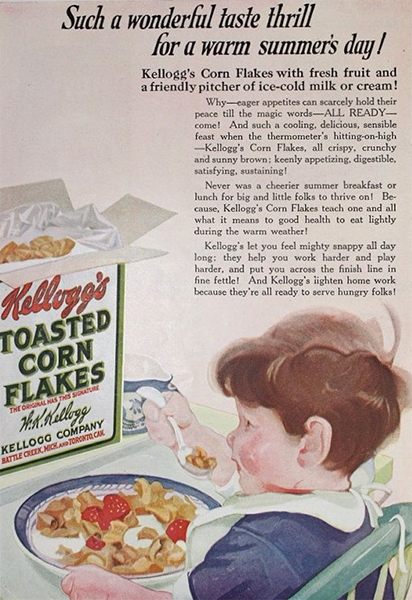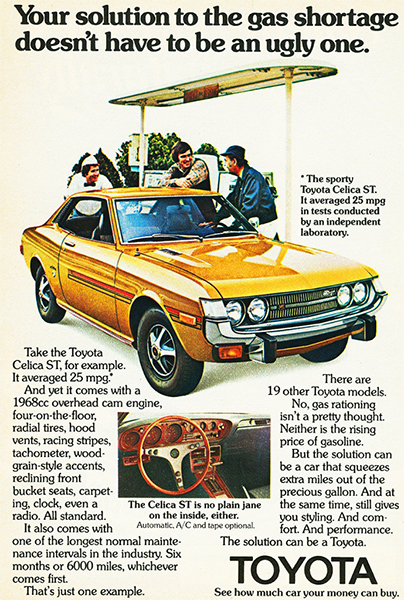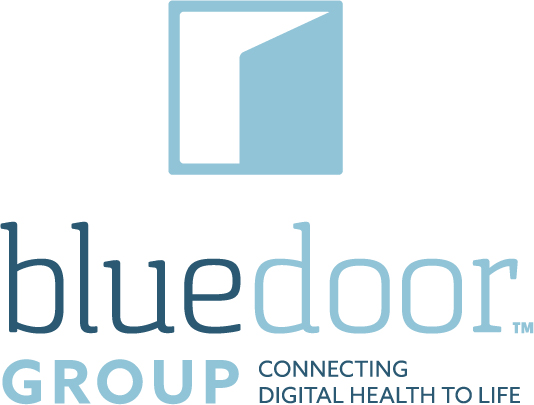06/01/23
By Oliver Jewell
Research shows that companies that cut marketing spend during an economic downturn could face revenue declines of up to 11 percent, and take nearly 5 years to bounce back.
When sales are down and a company is struggling, the first to fall under the CFO’s sword is invariably the marketing department. At Bluedoor, we would argue that your first instinct should be to lean into the customer and “think outside the bun.” It’s precisely when times are tough that you should double down on marketing spend, find new ways to engage your customer, and attract new business while keeping existing customers happy. Think Old Spice The Man Your Man Could Smell Like from 2010, or Arby’s We Have The Meats campaign that launched in 2014. The latter campaign was a result of $150,000 in loss per restaurant over a four-year span; yet in the face of this, Arby’s doubled down on marketing spend – which resulted in 16% consumer growth among millennials, as well as a memorable tag line – a great way to bounce back.
If scent and sandwich can get it right, you would think that others would follow suit, but in the face of an economic downturn, C-suites often press the panic button and first on the chopping block: Marketing. At the start of this year, 30% of companies said they were slashing their advertising budgets in the wake of recent recession angst. So how do you inspire other brands to look beyond the numbers and lean into consumer acquisition and retention? Let’s take a look at a few examples from the history books:

Snap, Crackle, Pop
In the late 1920s, two companies were competing heavily in the packaged cereal space: Kellogg’s and Post. When the Great Depression threatened corporate balance sheets in the 1930s, Post gave into panic and slashed their advertising budget. Kellogg’s did the opposite: they doubled their advertising spend. With a heavy focus on radio advertising and strong promotion of their new cereal, Rice Krispy’s, Kellogg’s profits rose by nearly 30 percent. The rest, as they say, is history.
Tacos & Toyota
During the 1970’s energy recession, Toyota increased their marketing spend despite other large automakers doing the opposite, and surpassed Volkswagen as the top imported carmaker in the US. In 1990, Pizza Hut and Taco Bell increased ad spend leading to upwards of 40 percent sales increase while McDonald’s sales declined 28 percent – the direct result of cutting ad dollars.


Samsung
The 2008 housing crisis sparked one of the larger economic recessions of the 21st century and led to catastrophic outcomes for many large businesses. Samsung took this time of uncertainty and decided to rebrand and remarket. Instead of cutting back on marketing dollars, the company focused on branding itself as an innovation company. The result of doubling down instead of dialing back led to a jump from number 21 to number 6 in global brand value.
Colgate
The healthcare and pharma industries have always struggled in the memorable advertising space. Many health products are indiscernible from each other, shown alongside smiling faces, outdoor scenery, and a laundry list of adverse side effects. In 2020, Colgate dominated the health advertising space with its Made for Greatness campaign that highlighted use of its product in a brand new way: no side effects; no fake smiles; no bad advertising.
Stopping advertising to save money is like stopping your watch to save time” – Henry Ford
There’s a popular industry adage that reads “when times are good, you should advertise. When times are bad, you must advertise.” And this strategy has proven successful for many large corporations who have invested marketing dollars in trying times. Yet this strategy is typically only successful should the company have an in-depth understanding of their consumer base, and are generating regular foresight, insight and cross-sight on industry trends.
The strategy should not simply be to double down on marketing and advertising when everyone else is pulling out. Rather, you need to fully understand your customer base and define your key user personas. And remember that consumer behavior tends to dramatically shift during times of uncertainty: attitudes, perceptions, and behaviors can all be impacted. To address the consumer shift and ensure that ad dollars are spent wisely, marketers must aim for memorable, not clickable, campaigns.
In addition, time must be spent on analyzing and generating foresight (what future trends are going to impact your industry?) Insight (what is it about your organization that can help shape and drive your industry?) And cross-sight (what unique assets do you have that can integrate with each other and the rest of the ecosystem to deliver a superior customer experience?)
The purpose of spending the extra money when funds are tight is not to be the most talked-about company of the week. The purpose is to maintain competitive advantage. Marketing is arguably the most important branch of any organization but is only important if the company understands its unique value proposition in the space it’s operating in. A failure to understand the market or the customer can lead to a total fail, a negative ROI, and the perception that the marketing department is dispensable (think New Coke).
The new era of advertising on social media has led many companies to fall into the trap of clickable ad campaigns. Throughout the pandemic, companies were creating humorous content with no relation to their brand – sure it was entertaining, but it left no mark on the consumer. This notion of funny advertising is not a new concept. If you think about some of the “best” ads or commercials you have seen, would you be able to associate content with company? For example, the “Talking Baby” commercials are funny, but did you know they are advertising for eTrade? Do you know what eTrade does?
Duolingo and RyanAir are two companies that put heavy emphasis on marketing during the start of the pandemic, and both have seen tremendous growth. What started as a clickable ad campaign resulted in a memorable ad campaign.
So how do you resonate with the consumer AND create a memorable ad campaign? When I say Flo and Jake, you’ll probably think “Progressive” and “State Farm,” respectively. These two companies created personas for their brand that related to their consumer and date back nearly a decade. Customer retention should be at the forefront of any marketing campaign. When recession and panic set in, companies that go dark and pull marketing dollars could face revenue declines of up to 11 percent, and take nearly 5 years to bounce back. So creating a campaign that resonates with your consumer, is engaging (clickable), and memorable, will not only attract new customers, but help retain them when disposable income becomes sparse. Because when consumer spending rebounds, as it invariably does, they’ll want to choose you over anyone else.
The strategy then must be two-fold: (1) ensure you have an in-depth understanding of your customer to develop a campaign that will resonate with them; and (2) create a campaign that the consumer will remember. In times of panic, keep calm and carry on spending (albeit judiciously).
Need a deeper understanding of your customers and market foresight, insight, and cross-sight to inform compelling messaging and creative that drive long-term engagement? Speak to Bluedoor: imagine@bluedoor.us










